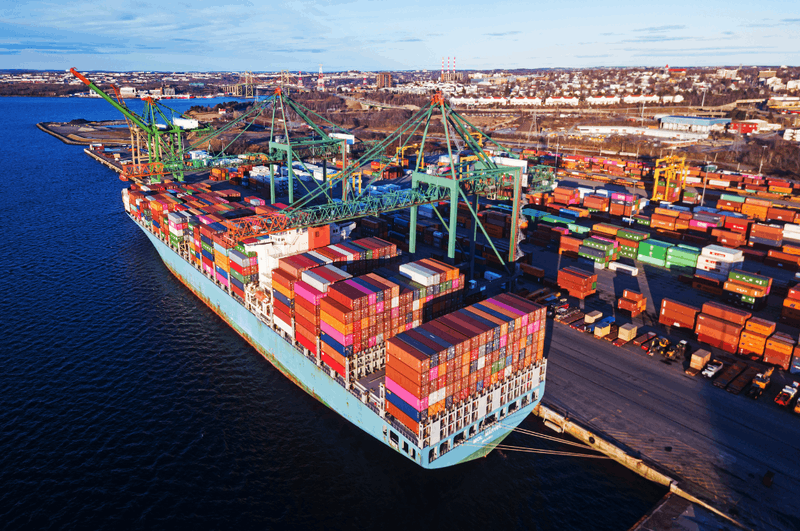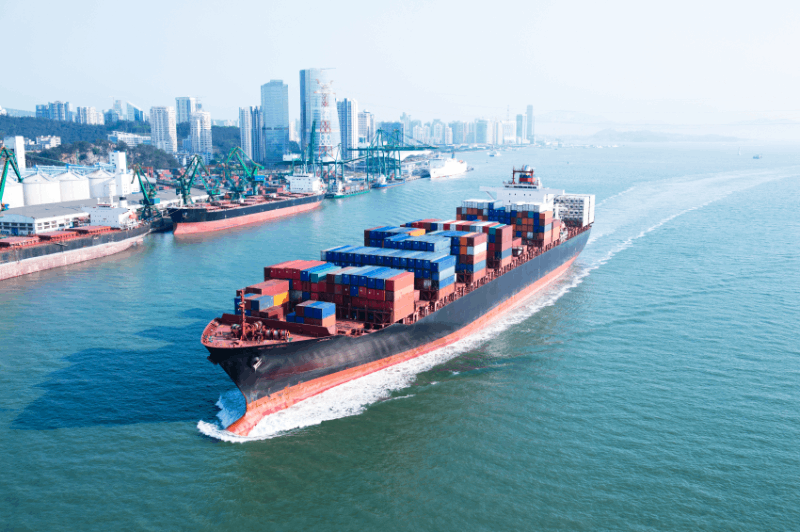Welcome to GLA! Leading the global logistics alliance.


Your location:Home > News > Reduced freight demand? The freight rate may decrease in the peak season in the second half of the year
Time:2022-06-27 Publisher:Kevin Num:2068

At present, the inflation in the United States remains high. However, due to the concern about the rising inventory level in recent months, some U.S. importers have reduced their commodity orders, so the shipping price has begun to decline.
According to the freightos Baltic index, the freight price from China to the west coast of the United States last week was $8934 per container, down 38.5% from the beginning of the year and nearly 50% from the same period last year.
But it still four times that of June 2020. Industry observers predict that shipping prices will remain above pre epidemic levels until at least 2023.
As the main route of the centralized transportation market, the drop in the high freight rate of the US line has also triggered a bearish sentiment.
JP Morgan logistics industry analysts released a report in early June. Since May 24, the import volume of containers destined for the United States has dropped by more than 36%.
He pointed out that the biggest change in the centralized transportation market this year is still on the demand side. In 2021, due to the abnormal consumption caused by the epidemic, the demand in the United States reached a peak.
This is mainly related to the growth of household consumption, but this year the demand starts to weaken and will gradually return to the normal service consumption.
In addition, inflation in the United States has intensified this year. The prices of many daily necessities and food have increased by at least 30% compared with those before the outbreak.
The impact of inflation on the demand side will be more obvious in the second half of the year.

According to the data of liner companies and terminal operators, the inbound container volume of the 10 largest ports in the United States has decreased by an average of 25% since May this year.
According to the data of the Southern California ocean exchange, port operators are gradually cleaning up their container yards.
Last week, the number of ships waiting to dock outside Los Angeles and long beach decreased from 109 in January to 22.
According to the latest report of s&p global market intelligence, container freight is expected to decrease by 20-30% in the second half of this year.
At the same time, due to the slowdown of trade growth caused by high inflation, general consumption patterns and supply side pressure of new shipbuilding, the dry bulk freight also showed a similar decline.
Some analysts said that the container freight may fall to the average level of $6000-7000 /FEU, which is a relief for traders and consumers who suffer from high inflation due to high freight and fuel costs.
Generally speaking, it is difficult to see the soaring freight rate in the traditional peak season in the previous two years.
It is expected that when the traditional peak season of the third quarter comes, the freight rate will only slow down the single digit quarterly growth rate, and the rise is not as expected.
Prev:Negotiations broke down and German workers went on strike again. The European aviation industry is seriously affected by the strikeNext:Welcome! Membership Renewal from Hungary ———— BlanCargo International Forwarding kft
Recommended Membership
Latest News